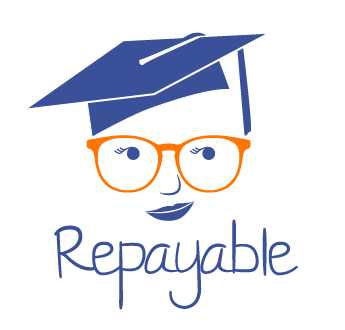
The Don’ts of Student Loan Consolidation
Photo credit for this awesome image: Gratisography
Read this if you’re thinking about consolidating your student loans. Estimated read time ~4 minutes.
Making a mistake with your student loans feels like a punch in the face. I mean seriously, you already owe tens of thousands of dollars (hundreds of thousands even) and now you messed something up because even though you’re smart as hell you didn’t learn a thing about repaying your debt in college.
No worries, today’s post is here to help you out. Here’s what every borrower should know about consolidation.
What is student loan consolidation?
Student loan consolidation combines multiple smaller federal student loans into one big loan, now called a Direct Consolidation Loan. Student loan consolidation can be a handy way to simplify your repayment.
Don’t do this:
- Consolidate your federal student loans if you’re planning on getting PSLF or income-driven loan forgiveness and have already made eligible loan payments. A new Direct Consolidation Loan will start your 120 payments (for PSLF) or 20-25 years (for income-driven) all over again.
- Plan on getting an interest rate discount. The interest rate on your Direct Consolidation Loan is a weighted average of your existing loans. Student loan consolidation doesn’t lower your interest rate.
- Pay any type of fee or apply through any company other than the US Dept of Ed. Consolidation is free and easy to apply for. Save your money for paying down your student loans.
- Let interest wipe you out. Consolidated loans are often eligible for longer repayment terms. If you take more time to repay your newly consolidated loan than you would have to pay your current loans you could spend thousands of dollars extra on interest.
- Lose your six month grace period if you need it. You can consolidate your student loans when they’re in the six month grace period. However, payments on consolidated loans start 60 days after you consolidate. That means you could shorten your grace period by four months. It’s fine if you’re ready to pay back your loans, but no good if you planned to have six months before you started repaying.
Do this instead:
- Keep making payments as you are and leave your student debt as multiple student loans to keep your forgiveness clock marching forward.
- Plan on getting a fixed interest rate. All Direct Consolidation Loans have a fixed interest rate that doesn’t change throughout your repayment.
- Fill out the free Direct Loan Consolidation Application on the studentloans.gov website, you’ll need to log-in to fill it out.
- Consider what an affordable monthly payment is for you and calculate the interest you will pay under different repayment plans. Choose the plan that sets an affordable monthly payment and minimizes interest.
- Indicate on your application if you would like the loan servicer to delay your consolidation until closer to the end of your grace period. This will keep your six month grace period payment free of payments so you can look for a job.
Have you considered consolidating your student loans? Let me know why you did or didn’t in the comments below or on the Repayable Facebook Page.



Recent Comments